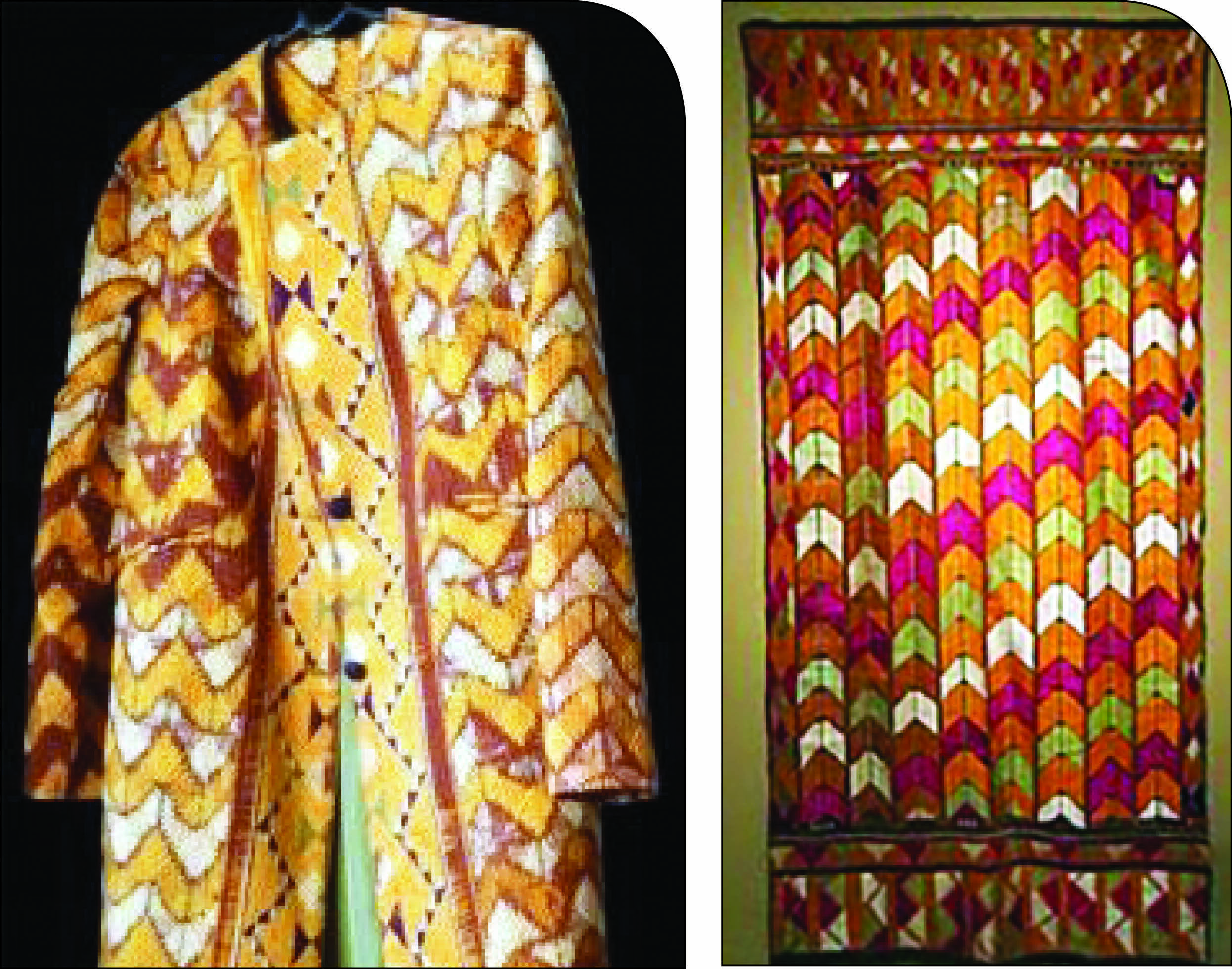Punjab's evergreen embroidery
Deeply rooted in tradition, and with an ability to bring different crafts from various regions together, Phulkari has withstood the travails of time, survived the Partition and marked a cultural resurgence to emerge as a value system

Although the Patent Information Centre (PIC) of Punjab State Council for Science and Technology had filed for GI status of Phulkari — a traditional embroidery art practised by Punjabi women — in March 2005, it took five long years of a legal battle with some Mumbai-based entrepreneurs and exporters before the decision was made in favour of the Phulkari work done in Punjab and the adjoining districts of Haryana and Rajasthan.
The Punjabi term, Phulkari is made of two words — phul means flower and akari means shape. Phulkari means the shape/direction of flowers which symbolizes life. There are different theories about the origin of Phulkari. One belief is that this form of embroidery was prevalent in different parts of the country as far back as the 7th century CE. It finds mention in Bana's 'Harish Charitra' — the biography of the Emperor Harshvardhan (590-647 CE). Motifs similar to the ones found in Phulkari bear resemblance to Kashida of Bihar as well as the embroidery tradition of Rajasthan. Another view is that like walnut carvings in Kashmir, it came from Iran where it was called Gulkari, also meaning floral work.
Phulkari also finds reference in Waris Shah's 'Heer Ranjha' (a legendary 18th-century Punjabi tragic romance) which describes the wedding trousseau of the female protagonist Heer, and lists various clothing items with Phulkari embroidery.
Tradition has it that as soon as a girl was born, mothers and grandmothers from both the maternal and paternal side would start embroidering Phulkari to be given as a family heirloom at the time of marriage. Depending on the status of the family, the parents would give a'dowry' of eleven to 101 Phulkaris. "Just as gold is handed down to generations, Phulkari in the early 19th century signified a woman's material wealth and was deemed an important part of her wardrobe". Those were typically worn as shawls draped over head on special occasions such as marriages, births, and other rituals. The fabric on which Phulkari embroidery was done was hand-spun khaddar (a hand loomed plain-weave cotton fabric). Cotton was grown throughout Punjab plains and after a series of simple processes it was spun into yarn by the women on the charkha (spinning wheel). After making the yarn, it was dyed by the lalari (dyer) and woven by the jullaaha (weaver).
The hallmark of Phulkari includes making innumerable patterns by using long and short darn stitches. As there were no pattern/design books, the tradition was continued by word of mouth, and each regional group was identified with a particular style of embroidery or design. The thread came from the itinerant traders/peddlers who got their wares from as far as Kashmir, Afghanistan, China and Bengal.
One interesting form within Phulkari is the Sainchi variant which draws inspiration from village life and depicts various day-to-day scenes such as a man ploughing, lying on a charpoy (jute cot), playing chaupar (a cross and circle board game), smoking hookah; or guests drinking sharbat (sweet cordial). Motifs also include women performing chores like churning milk, grinding wheat flour on the chakki (hand mill), and working on the charkha (spinning wheel). They embroidered scenes which they found interesting, such as a British official coming to a village or women carrying an umbrella and walking along with memsahib (the wife of a British official). Birds, trains, circuses as well as scenes from popular Punjabi legends like Sohni Mahiwal and Sassi-Punnun were often depicted.
Even though this embroidery was not originally done on a commercial scale, some of it did find a market abroad in the 19th century. It was popularised in the English-speaking world by Flora Annie Steel in 1880. Flora wrote on Phulkari and organised Phulkari clothes from different regions of Punjab for the colonial and Indian exhibition, held to mark the global reach of Pax Britannica. By the end of the 19th century, Phulkari had found a market in Europe and America, and some Amritsar firms procured orders for supplying Phulkari on a commercial scale. The newer market dictated the changes in designs and colour combinations.
The Phulkari style of embroidery was disrupted during the Partition. Infact, it almost disappeared because it was not just embroidery but an ecosystem that was lost forever. Both the chadar and threads, and the dyers disappeared from the rural landscape. However, thanks to the resurgence of interest in heritage and culture, the government and several NGOs revived it again as an evergreen style statement. The process was facilitated by global recognition of Phulkari. A special mention must be made of an exhibition curated by Philadelphia Museum — 'Phulkari: The Embroidered Textiles of Punjab'. It presented embroidery from pre-partition Punjab. Looked at in this way, the artefact was no longer a commodity of high commercial value, but a unique window into the lives of women, and their tradition of creating artworks in a family setting.
The Partition Museum in Amritsar has also played a significant role in documenting this craft. Some Phulkaris were abandoned during the mutual flight across the new borders and many others were destroyed. But those which survived, like the Phulkari of Pritam Kaur of Gujranwala, became a reminder of happy days left behind, and an inspiration for generations to come to remember the craft which brought mother, grandmothers and the entire clan together to sing songs and weave tapestries of incredible value.
Views expressed are personal



